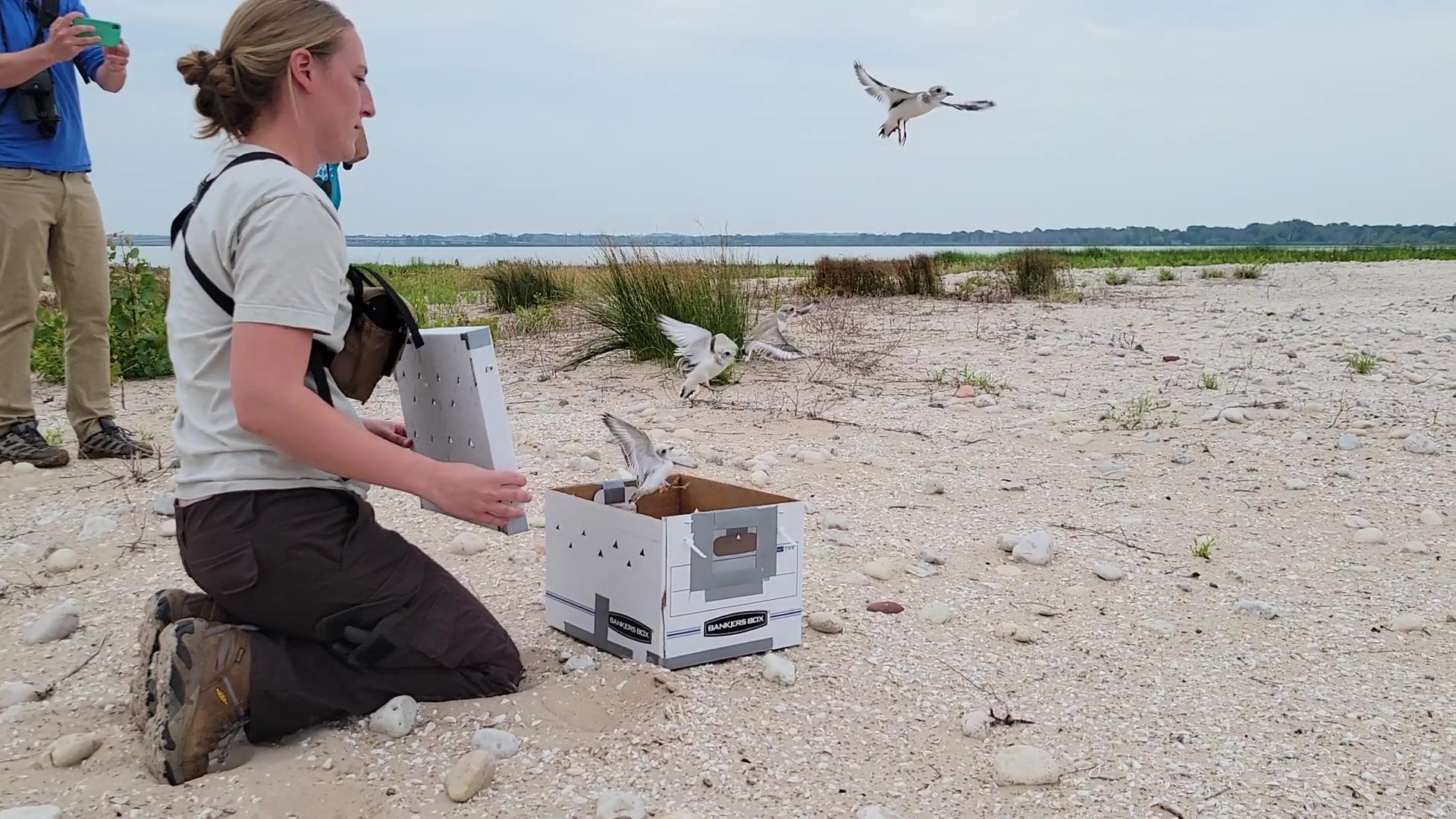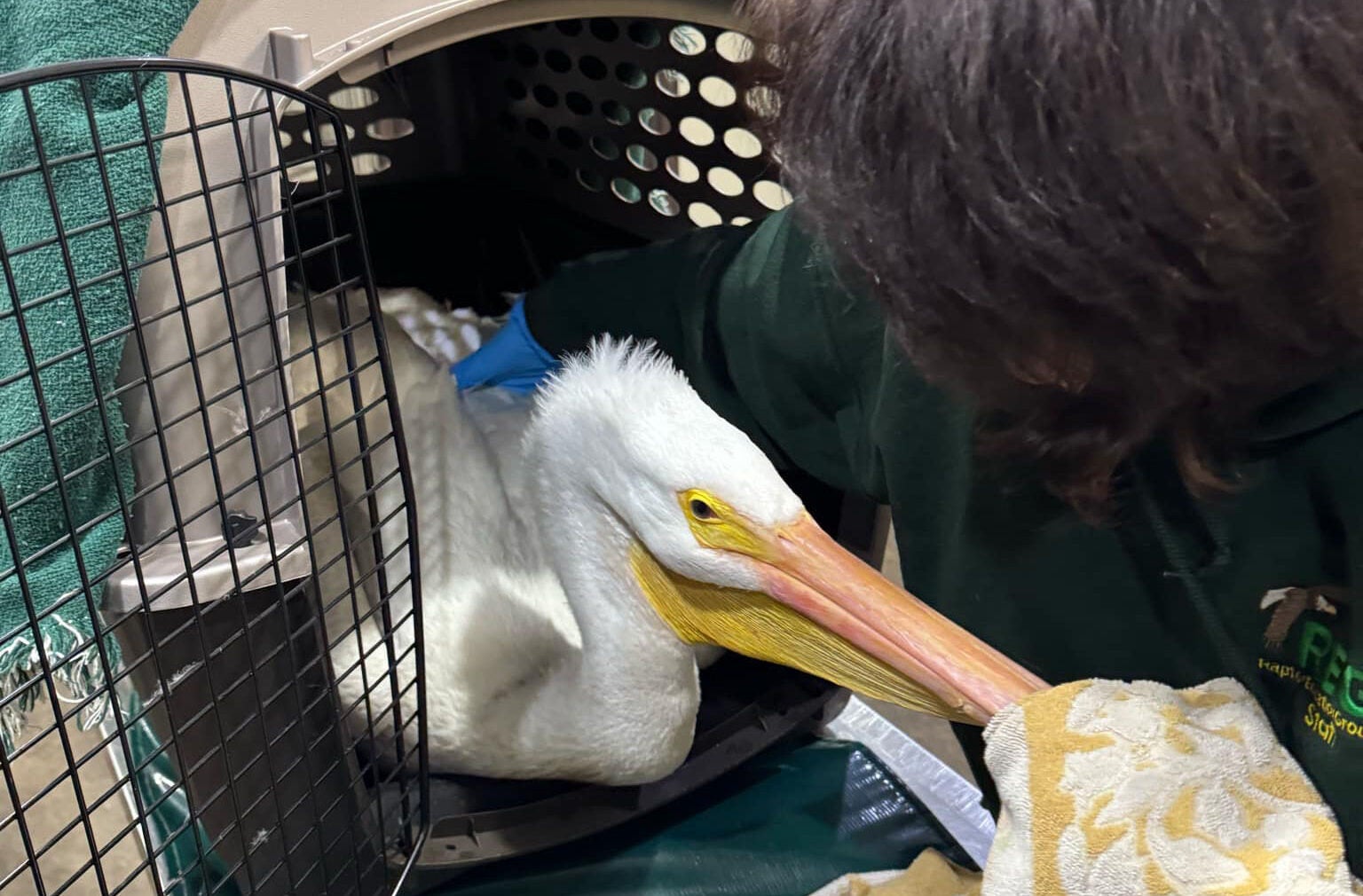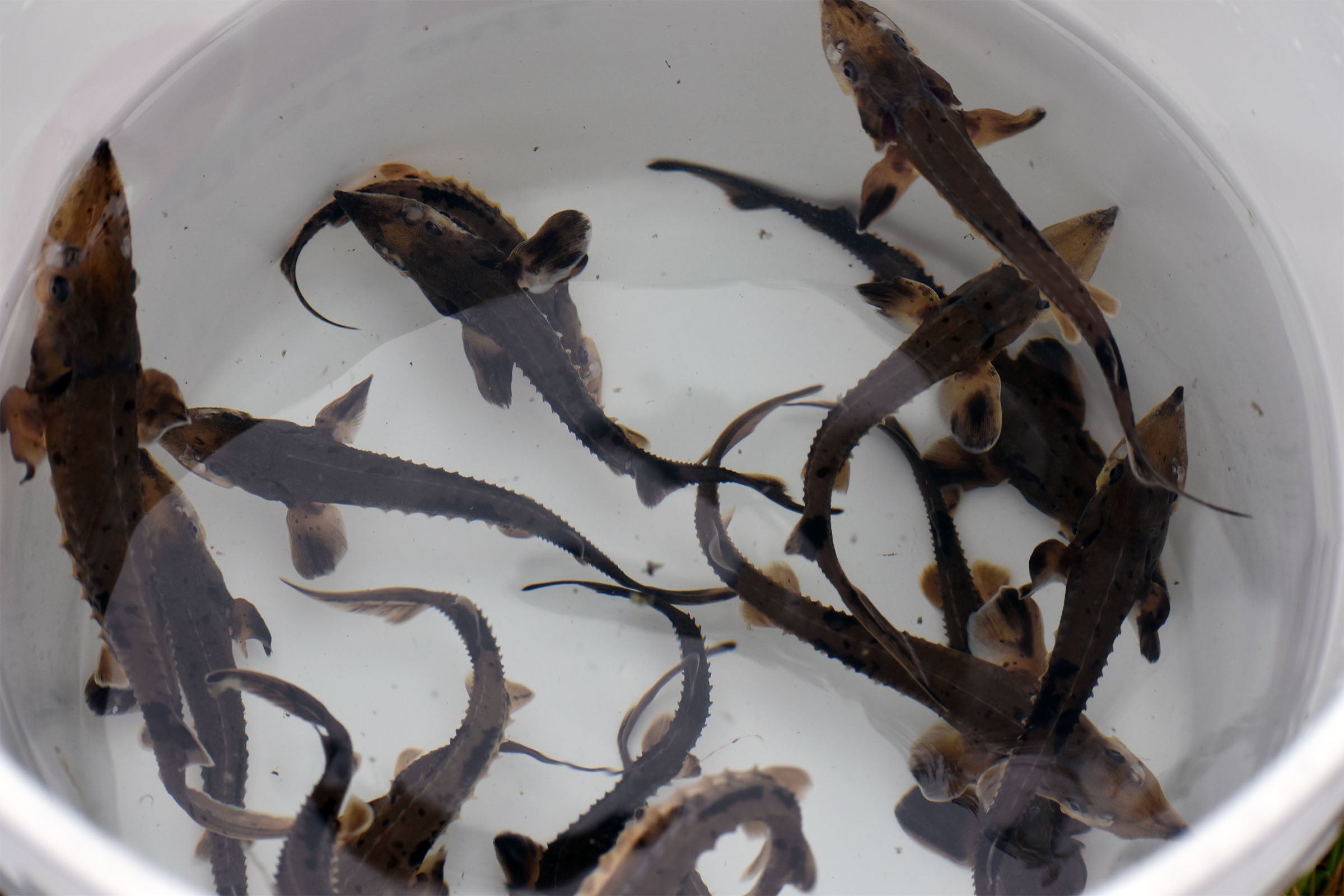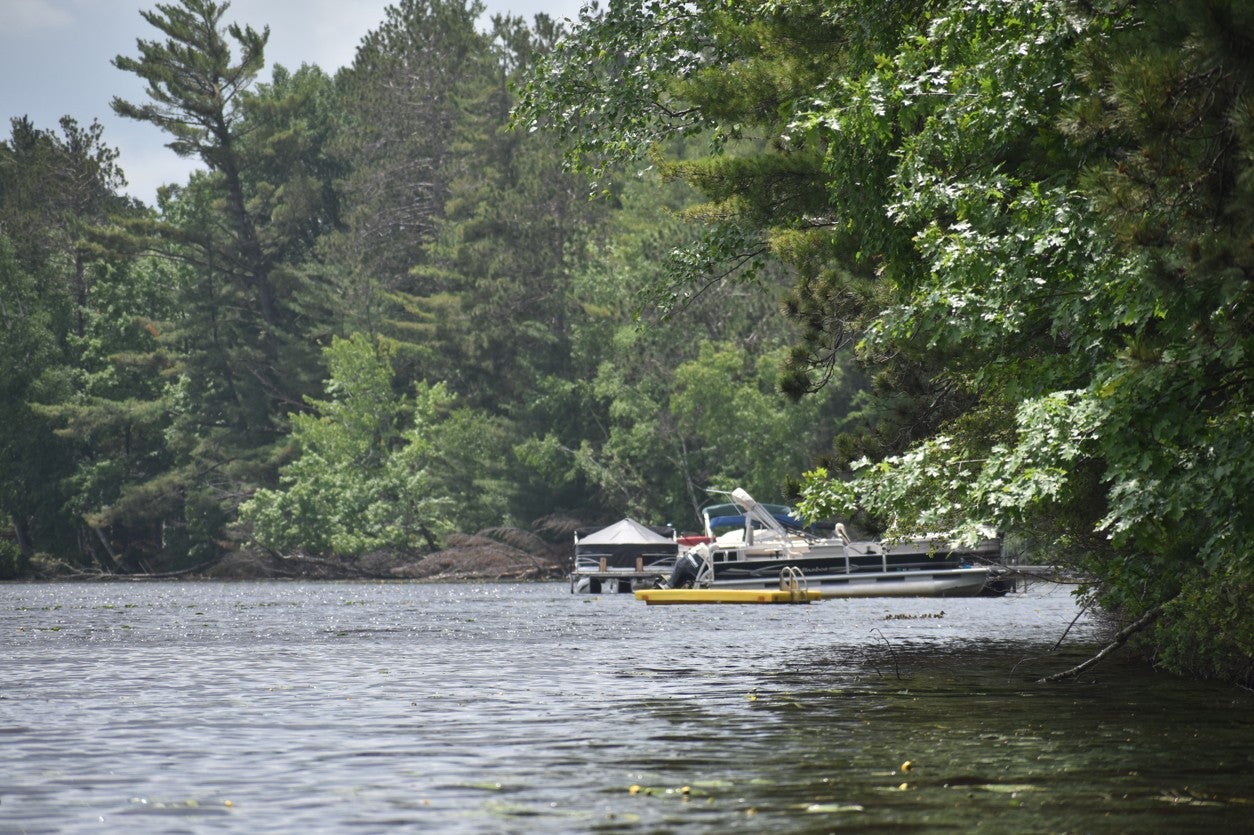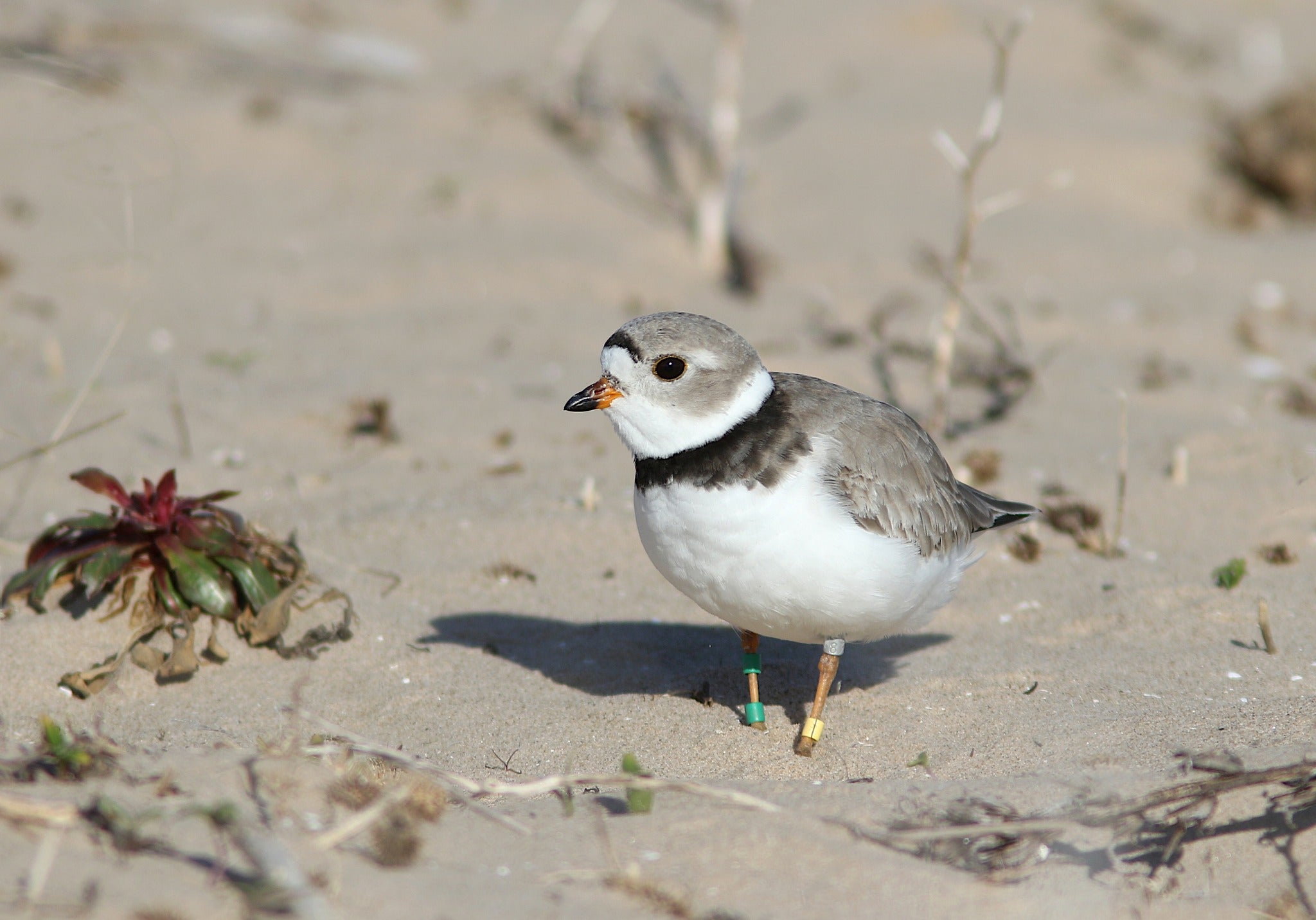Some of the first captivity-raised piping plover chicks sent back into the wild outside of Michigan were released in Lower Green Bay’s Cat Islands restoration site last month, marking a milestone for the endangered species’ recovery.
The Great Lakes region was once home to between 500 and 800 pairs of piping plovers, but their population dwindled to about a dozen pairs — all in northern Michigan — by 1990, according to the nonprofit conservation group Audubon Great Lakes.
But the birds have been making a comeback in recent years. This summer, 80 unique pairs of piping plovers were found across the region and 85 nests, according to Stephanie Schubel, the lead of the Great Lakes Piping Plover Field Crew and the data manager for the population.
News with a little more humanity
WPR’s “Wisconsin Today” newsletter keeps you connected to the state you love without feeling overwhelmed. No paywall. No agenda. No corporate filter.
“This is the most pairs in a season since the population was listed on the Endangered Species Act in 1984,” Schubel said in a statement.
In Wisconsin, piping plovers are nesting in Lower Green Bay and the Apostle Islands before heading south for the winter, Audubon Great Lakes says.
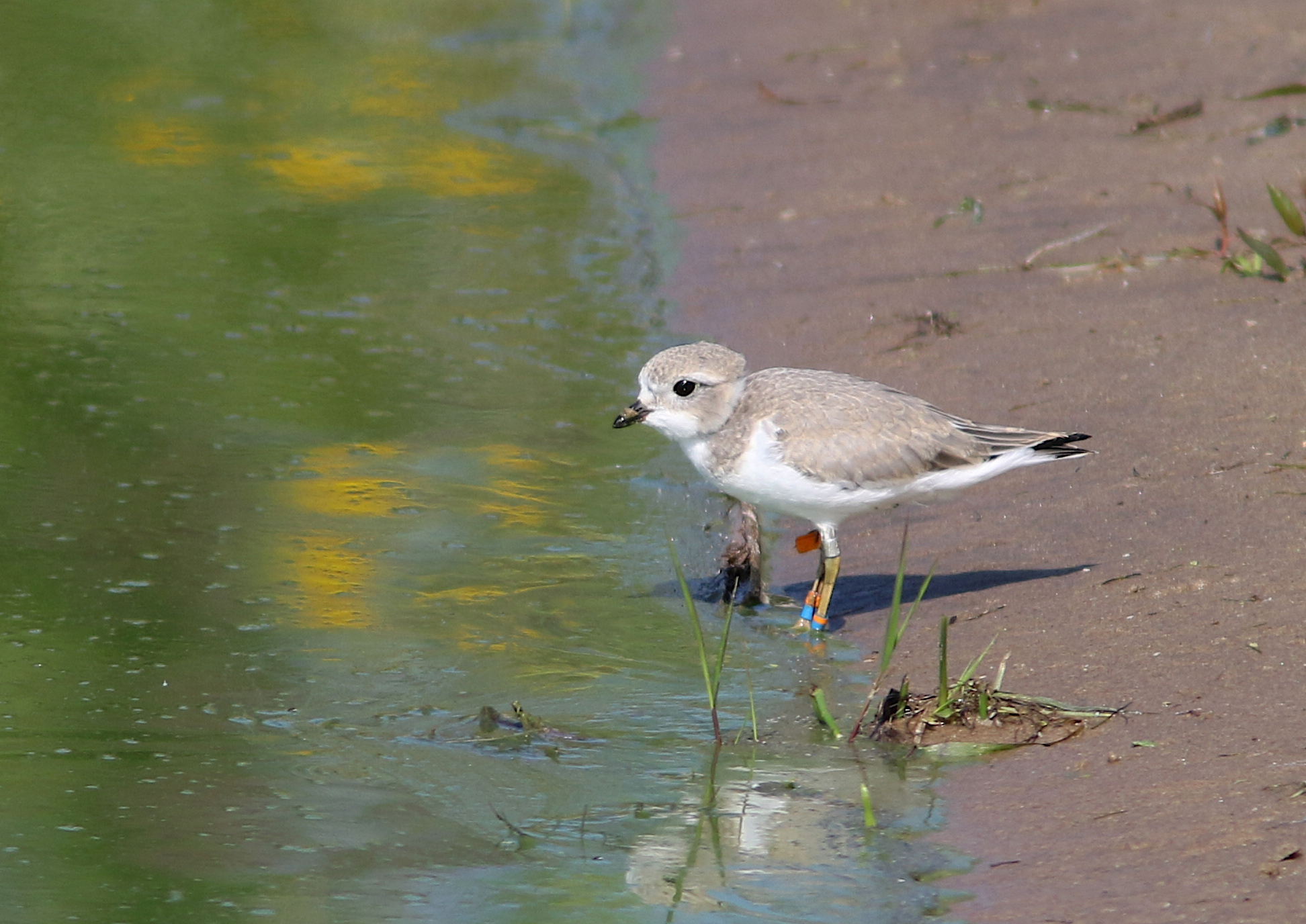
In mid-July, the U.S. Fish and Wildlife Service, Audubon Great Lakes, the Detroit Zoo and the University of Minnesota released four 28-day-old piping plover chicks, raised in captivity, at Lower Green Bay’s Cat Island Restoration site.
It was the first year the Fish and Wildlife Service released captive piping plovers outside of Michigan, and the first time in Wisconsin.
Tom Prestby, Wisconsin conservation manager for Audubon Great Lakes, said Lower Green Bay was selected because piping plovers have been nesting at Cat Island since 2016, and there’s already a team monitoring the area daily.
“We have monitoring intact and those monitors are able to watch to see how these chicks do once they’re released,” he said. “Logistically, obviously, we’re a few hours drive from the station in northern Michigan, but that is shorter and logistically easier than some other places in the Great Lakes.”
Prestby said releasing the chicks outside of Michigan is a milestone for the species’ recovery because it will help build the bird’s population outside of its epicenter of Michigan. He also said biologists found that captive-reared piping plovers have a 75 to 100 percent rate of return to the site they were released from.
“The U.S. Fish and Wildlife Service and their partners are hoping that by releasing birds in places like Green Bay, Chicago and other places this summer, the birds will return there and build populations that are outside of Michigan, which is very important to the Great Lakes-wide recovery of this species,” said Prestby.
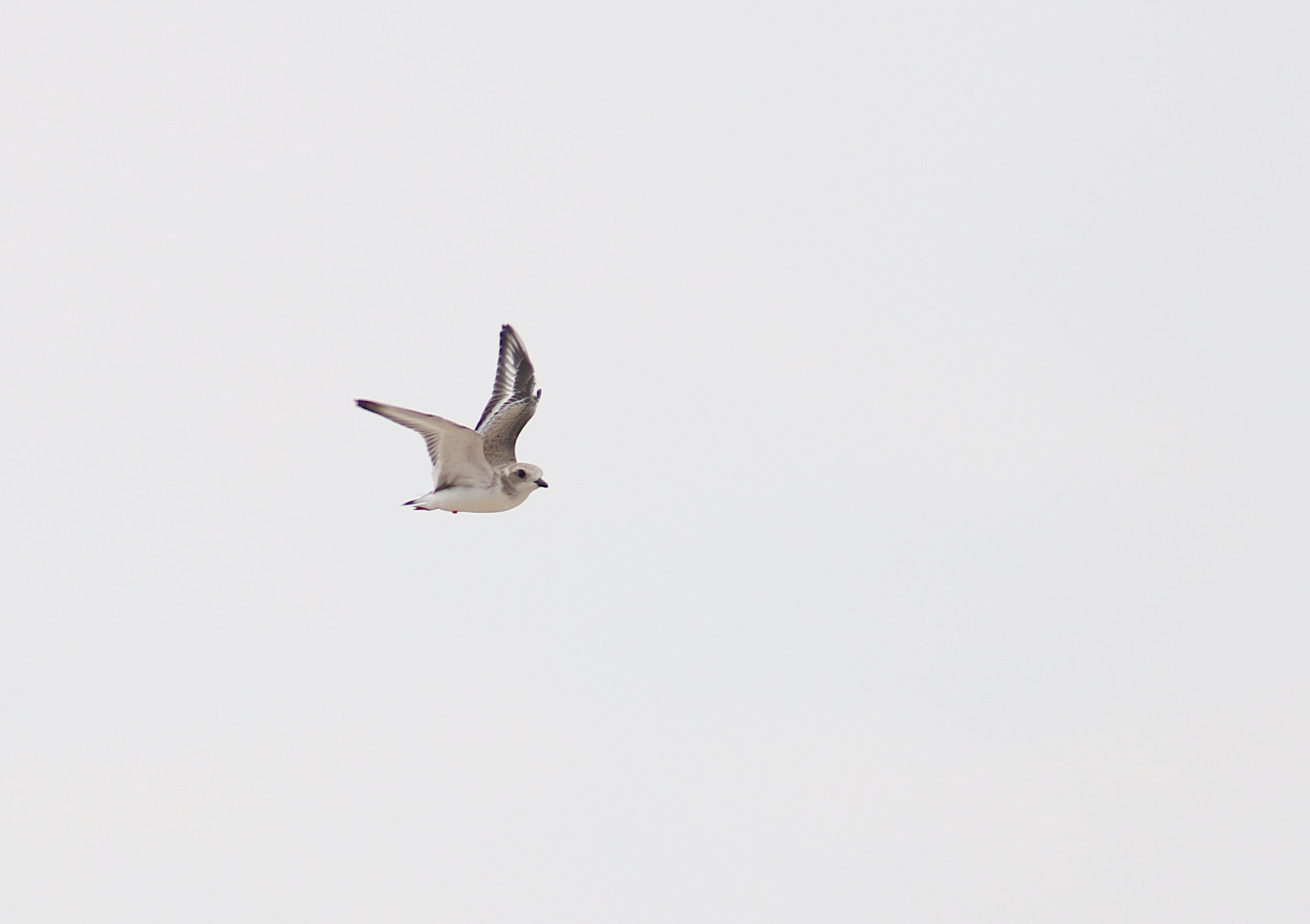
Jade Arneson, biologist with the U.S. Fish and Wildlife Service’s Minnesota Wisconsin Ecological Services Field Office drove the birds to Wisconsin, describing the voyage as surreal in a statement.
“It was also a bit of a homecoming for these birds, not just in the sense of returning to the wild, but returning to Wisconsin,” she said.
While some animals cannot be released into the wild from captivity because they won’t be able to survive on their own, that’s not the case for the piping plovers, Prestby said.
He said the birds are “instinctually wired” to migrate to the coast for the winter without their parents.
“If you give them the chance, and the right habitat, chances are they’re gonna not only make it but do well,” Prestby said.
Prestby added there’s evidence that piping plovers are occupying new breeding sites on all five Great Lakes, including areas that haven’t supported breeding in recent history.
“There’s still a lot of work to do, but the signs are encouraging,” he said.
Wisconsin Public Radio, © Copyright 2025, Board of Regents of the University of Wisconsin System and Wisconsin Educational Communications Board.

